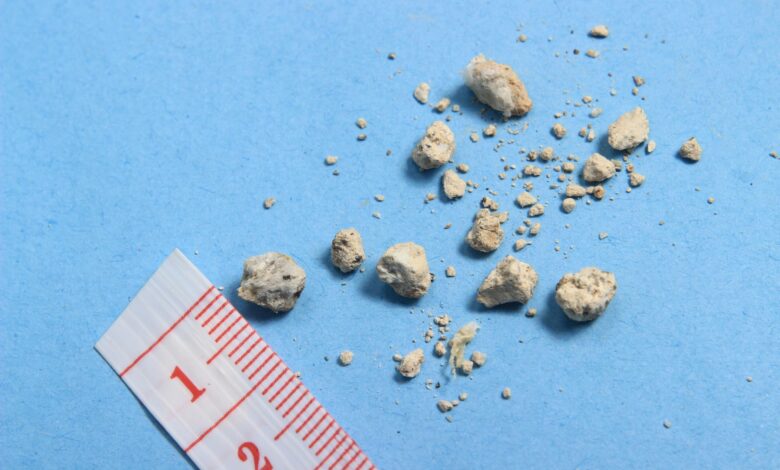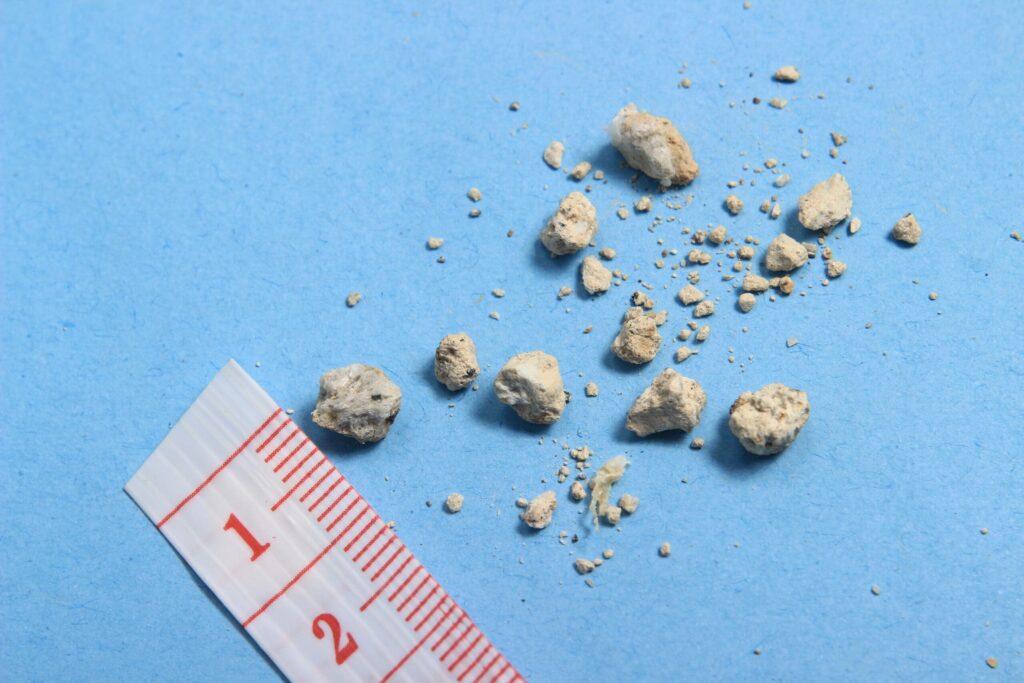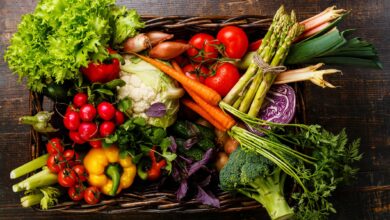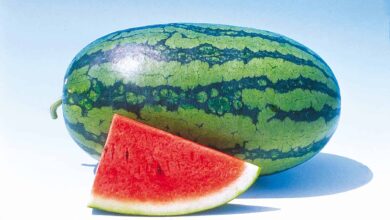7-day Kidney Stone Diet – Prevention and Treatment

| Stone Prevention Goal | Action | Working | Target Stone Type |
| Hydration | Drink 10-12 cups (2-2.5) litres of water daily. | Dilutes urine, preventing minerals and salts from clumping. | All Types |
| Drink water, lemonade, and orange juice. | Citrate in citrus binds with calcium, blocking stone formation. | All Types | |
| Sodium Control | Limit intake to under 2,300 mg (or less, if advised). | High sodium increases calcium excretion into the urine. | Calcium Oxalate |
| Avoid processed foods, canned soups, and fast food. | These are the biggest sources of hidden salt. | All Types | |
| Calcium & Oxalate | Do not restrict calcium. Eat 1,000-1,200 mg daily. | Calcium binds with oxalate in the gut before reaching the kidney. | Calcium Oxalate |
| Eat calcium-rich foods (e.g., yogurt) | Prevents high levels of oxalate from entering the urine. | Calcium Oxalate | |
| Moderate consumption of very high-oxalate foods (e.g., spinach, almonds). | Reduces the amount of stone-forming substances in the body. | Calcium Oxalate | |
| Animal Protein | Moderate portions of meat, poultry, and fish to 3-4 ounces. | Reduces the acid load, making urine less acidic. | Uric Acid |
| Replace some meat with plant-based proteins (e.g., lentils, beans). | Lowers uric acid levels in the urine. | Uric Acid | |
| Avoid sugary drinks high in fructose corn syrup. | These can increase uric acid stone risk. | Uric Acid |

The 7-day kidney stone diet strategies for the treatment of existing kidney stones are:
Uric Acid Stones (Dissolvable Stones)
For existing uric acid stones, the primary goal of dietary treatment is dissolution, which is achieved by making the urine less acidic (more alkaline). While prescription medication like potassium citrate is the most effective way to raise the urine, diet is an essential supportive therapy.
You must increase your intake of alkaline-rich foods, primarily fruits and vegetables. These naturally raise the urine pH to a target range (often 6.5 to 7.0), helping to dissolve the stones over 7-day kidney stone diet.
Simultaneously, you must strictly limit high-purine animal proteins, such as organ meats (liver), red meat, gravy, and certain seafood (anchovies, sardines), because these foods break down into uric acid, which contributes to the stone’s growth and formation.
And finally you should take water enough to produce 2.5 to 3 liters of light-colored urine daily). The increased volume helps dilute the stone-forming chemicals and facilitates the dissolution process.
Calcium Oxalate and Calcium Phosphate Stones (Non-Dissolvable Stones)
Hydration
This is paramount. Drink enough fluid (water, lemon water, or sugar-free clear beverages) to ensure a high urine output, which dilutes the calcium and oxalate so they cannot accumulate on the existing stone’s surface.
Balanced Calcium Intake
Do not restrict dietary calcium. You must maintain a normal daily intake (1,000 to 1,200 mg) from food sources (like dairy or fortified alternatives) and ensure calcium-rich foods are eaten at the same meal as oxalate-rich foods. This binds the oxalate in the gut, reducing the amount that reaches the kidneys to feed the stone.
Sodium and Animal Protein Reduction
Strictly limit sodium intake (below 2,300 mg daily) and moderate animal protein intake, as both increase the amount of calcium excreted into the urine, which is the main building block of these stones.
In all cases, increasing citrate intake via lemon juice added to water or citrus fruits is an excellent dietary treatment. Citrate is a natural inhibitor that binds to calcium, preventing it from aggregating into larger crystals on the existing stone.




